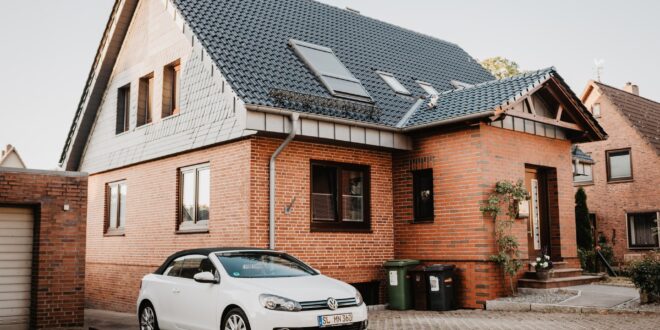The roofs of one-story houses in children’s drawings are always shown with two slopes, an indispensable chimney, and a column of smoke. A pot or a cat will sit in the window. The gable design is the simplest and most economical, deservedly the most popular.
However, the market offers you many different options or types. They differ in the type of material, but also in different styles. Each has advantages and disadvantages that you must consider before making a final decision. It is also important to consider the design elements of your home in order to choose the right type of it. There are quite a few other factors that you need to consider.
For example, these are the price, durability, and other factors. You have many options, but each of them determines the reliability, durability, and attractiveness.
Which roofing material lasts the longest?
Asphalt, fiberglass composition shingles, wood shingles, shakes, and metal roofing are just some of the most popular materials. The main reason is their durability. Although these materials are known for their longevity and other performance, they behave differently in different climates.
Remember that many factors influence the choice of material and you should learn more before opting for one specific material. Don’t make this decision lightly, since your roof should last for a long time.
Characteristics of a pitched roof
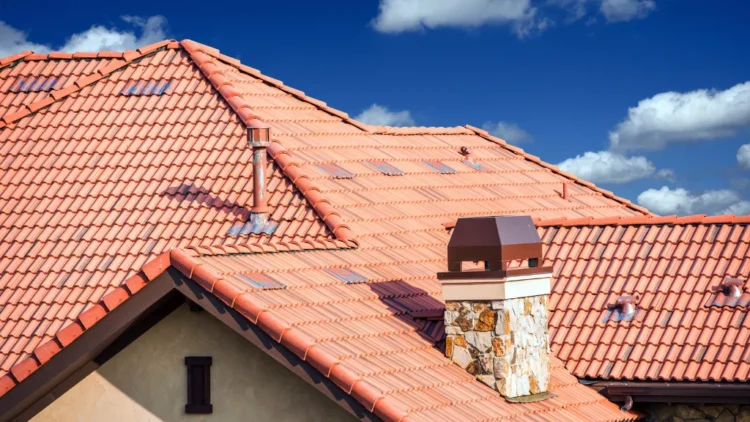
It generally has a slope of 30 to 60 degrees. As a rule, a flat roof is more expensive than a pitched one. It has to be more durable if you consider the snow load. That is why they are most popular in the Baltic states. The main feature of a pitched roof is diversity. So the possibilities are endless and you will be limited only by your imagination. However, some ideas can cost you dearly. So think about the complexity of the design if you have a certain budget. Explore the different types of pitched roofs. This allows you to optimize the volume of the building, and let more light into the house.
Such one is structurally simple and therefore inexpensive. The use of a pitched roof allows you to find incredibly beautiful solutions in interior design. Although this is an economical solution, it will not allow you to use the attic space completely. This is one of the disadvantages of this type. Such roofs can hardly withstand numerous precipitations, snow, and rain, so they are reinforced with concrete slabs and metal structures.
Characteristics of a flat roof
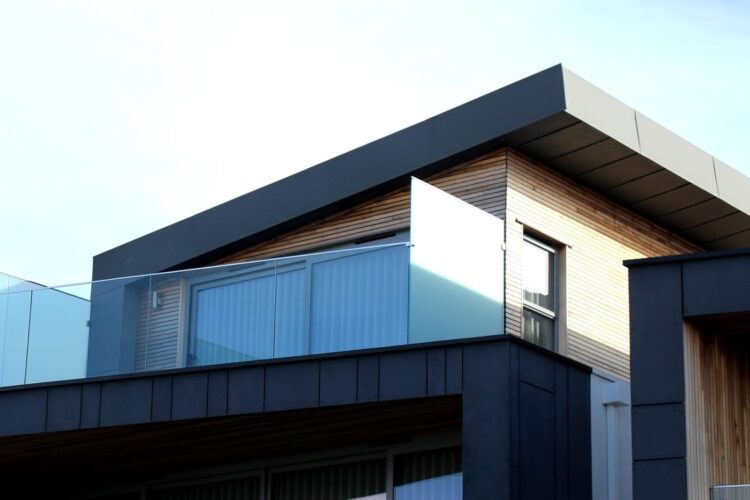
Like anything else, a flat roof has its advantages and disadvantages. We have to mention that most of the problems related to this type are due to poorly executed construction works and inadequate materials. Another source of problems is the incompatibility of the goal and the construction. Today, there are many more materials that are adequate for the thermal and waterproofing of flat roofs than before. There are several common reasons why homeowners opt for a flat one. This is mainly due to the fact that it fits all facilities, as it has a compact design and is an excellent solution for garages and extensions. It is also quick to build, and economical and you can use the surface in different ways. For example, you will easily upgrade it with solar panels, recreation area, green area, terrace, etc.
When it comes to the disadvantages, we have to look at the maintenance of the flat roof. They have a shorter shelf life and require more maintenance. In addition to having to be constantly cleared of snow in the winter, it is necessary to regularly inspect the surface and repair damage. However, it all depends on the choice of material. If you decide on a more durable material and a reliable company, we are sure that it will last at least 30 years longer. Otherwise, you can expect leakage and similar problems. So, flat roofs are just as reliable as all others, but flat roofs, like all others, require properly executed work.
Factors to consider when choosing a roof
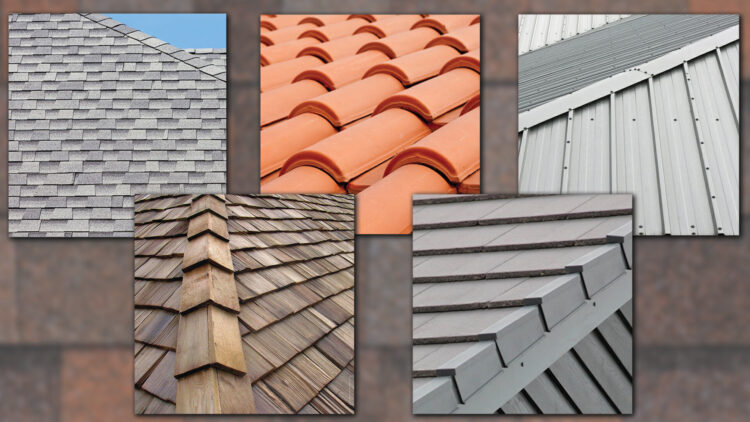
So, when choosing it, you should pay attention to the following few items. First, consider the dimensions as well as the number of skylights. They must suit your needs. Don’t forget to leave enough space between the windows. Otherwise, you will get poor thermal insulation. The choice of the roof also depends on the function of the room, because the amount of light needed depends on its purpose. For example, workspaces require much more light than bedrooms.
Another important item is the view you want to have. The depth of the foundation also has a big impact on your choice. Low-rise buildings do not bear heavy loads, which is why you have to choose a lightweight material. Complex constructions do not fit the architectural look of a low house unless you want a loft. You need to choose one that will be good-looking, durable, and perform its functions.
This means that it will protect your home from bad weather all the time. Energy efficiency is another factor involved in this process. Choosing the right roof will help you save on energy bills. Not all materials react the same to sunlight. For example, metal and asphalt shingles reflect consciousness away from the attic. Other materials absorb it and transfer it into the interior of your home.
If you don’t want to pay energy bills, opt for a cool roof. In that case, take into account the local climate. If you live in an environment that is subject to frequent rainfall, opt for a material that will withstand heavy rains. Perhaps pitched roofs are the best option because they allow easier drainage of water and snow. A humid climate also causes mold, moss or algae. That is why it is important to adapt the roof material to the climatic conditions in which you live.
Try to imagine what the regular maintenance of certain types of roofs will look like, as it involves your time and costs. If you live in an environment prone to natural disasters, consider stronger materials such as metal, asphalt, and the like.
Ultimately, the lifespan of the roof is the most important factor. Since different materials have different lifespans, choose one that is compatible with your goals. You may be planning to move out soon which means you don’t have to spend a lot of money on expensive materials. However, if you plan to continue living in your home then we recommend a long-term investment.
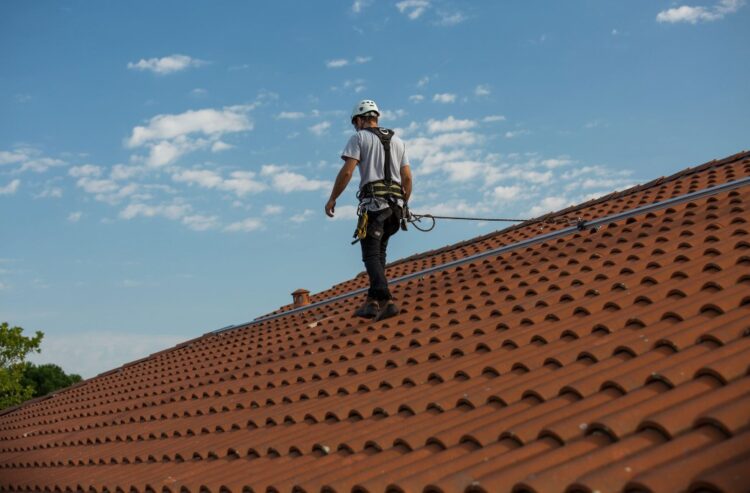
Conclusion
Given that the roof protects against precipitation and wind and other weather influences and has the function of thermal insulation, the height and slope are two important factors that you must consider. Based on them, you will also determine the layout of the rooms, as well as the design of the rooms. However, different models offer you different options. Your task is to gather as much information as possible about the installation of the roof in order to choose the most durable model.
 Hi Boox Popular Magazine 2024
Hi Boox Popular Magazine 2024
